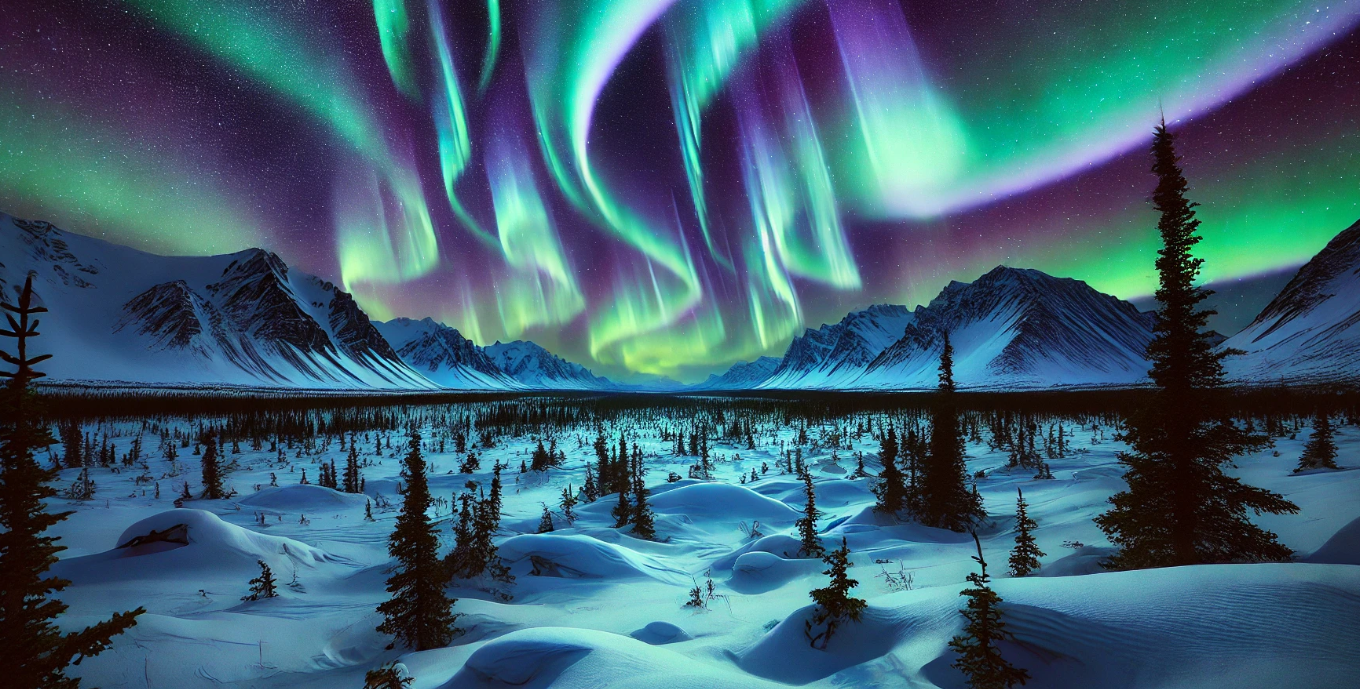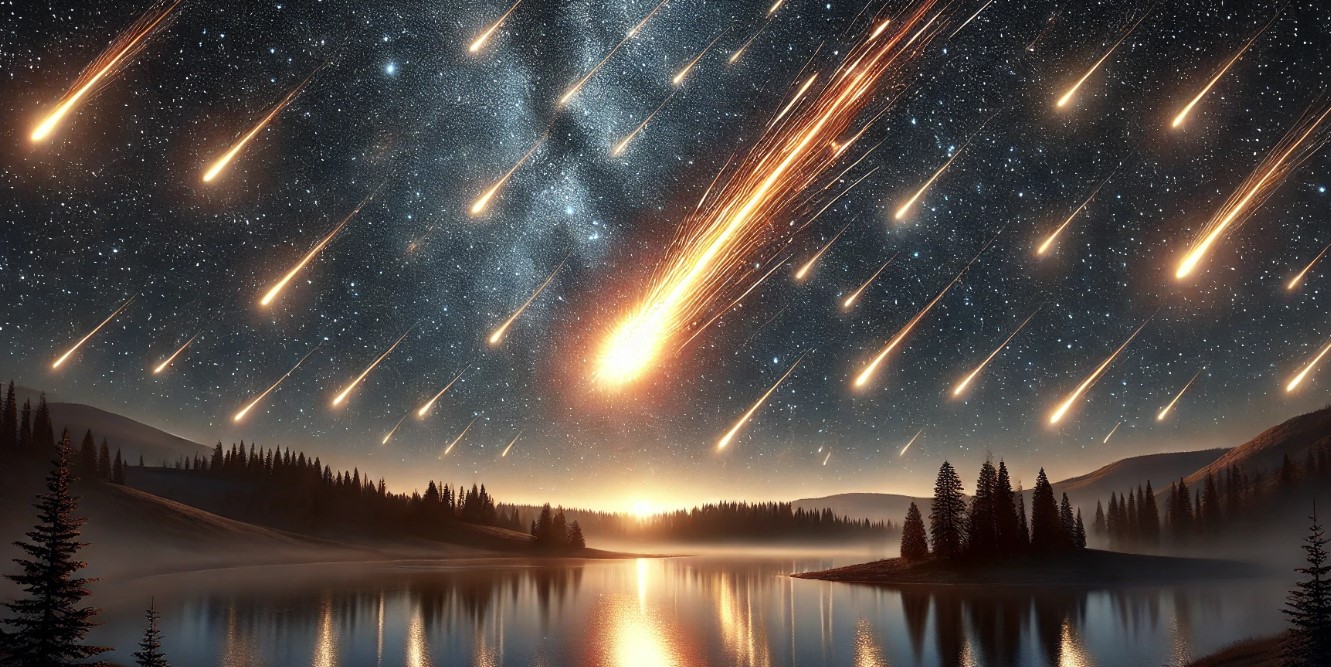Solar storms are instigated by coronal mass ejections (CMEs), massive bursts of solar wind and magnetic fields rising above the sun’s corona or outer atmosphere. These ejections propel charged particles into space, some of which intersect with Earth’s magnetic field, leading to geomagnetic storms. The National Oceanic and Atmospheric Administration (NOAA) reported an unusually vivid display recently, with auroras sighted much farther south than typical, including locations like Germany, the United Kingdom, and parts of the United States.
- The Northern Lights, or aurora borealis, are caused by the interaction between solar wind and Earth’s magnetic field.
- Charged particles from the Sun collide with gases in Earth’s atmosphere, creating light displays.
- Oxygen creates green and red auroras, while nitrogen produces purple and blue hues.
- These lights are most visible near the poles because Earth’s magnetic field directs particles there.
- The intensity of the Northern Lights is influenced by the Sun’s 11-year solar cycle, with more frequent displays during solar maximum.
When these solar particles reach Earth, they travel along magnetic field lines towards the poles, where they interact with atmospheric gases. Oxygen gives off green and red lights, while nitrogen produces blue and purple hues. This interaction is influenced by the solar cycle, an approximately 11-year period of changing solar activity. Currently, the sun is near its solar maximum, a phase of heightened activity, which has resulted in more frequent and intense displays of the aurora borealis.
For those eager to experience the northern lights, NOAA suggests venturing away from city lights for the best viewing conditions. The ideal time to observe the auroras is usually around midnight, particularly during the spring and fall equinoxes when Earth’s tilt aligns favorably with the solar wind. However, the vibrant colors and patterns of the aurora are not just a visual delight but a testament to the dynamic nature of our solar environment.
The northern lights are not merely an aesthetic phenomenon but also a subject of scientific interest. Understanding the mechanisms behind solar storms and their impact on Earth’s atmosphere provides valuable insights into space weather, which can affect satellite operations, power grids, and communication systems. As solar activity continues at a high level, with the solar maximum expected to persist until 2026, both amateur aurora enthusiasts and scientists remain captivated by the ongoing displays.
How are the Northern Lights Formed?
The Northern Lights, also known as the aurora borealis, are one of the most mesmerizing natural phenomena on Earth. These stunning light displays can often be seen in high-latitude regions near the Arctic. But what exactly causes this breathtaking spectacle in the sky? The Northern Lights are formed by a combination of solar activity, Earth’s magnetic field, and particles in our atmosphere.
Solar Activity: The Beginning of the Journey
The formation of the Northern Lights begins on the surface of the Sun. The Sun constantly releases streams of charged particles into space, known as the solar wind. These particles include electrons, protons, and other ions. While the solar wind is always flowing, solar storms and solar flares can dramatically increase the number of charged particles heading towards Earth.
Earth’s Magnetic Shield: The Gateway
As the solar wind reaches Earth, most of the particles are deflected by our planet’s magnetic field, known as the magnetosphere. This magnetic field acts as a shield, protecting Earth from harmful solar radiation. However, some of the charged particles manage to enter the magnetosphere near the poles, where the magnetic field is weaker.
The Dance in the Atmosphere: Light is Born
Once these charged particles penetrate Earth’s atmosphere, they collide with gases such as oxygen and nitrogen. These collisions create the beautiful light displays that make up the Northern Lights. Different gases produce different colors. Oxygen typically emits green or red light, while nitrogen creates purples and blues. The energy released from these collisions is what we see as glowing lights in the sky, often dancing and shifting in various shapes and patterns.
Why the Polar Regions?
The Northern Lights are primarily visible near the polar regions because Earth’s magnetic field directs the charged particles toward the poles. This is why countries such as Norway, Sweden, Finland, and Canada are among the best places to witness the aurora borealis. The Southern Hemisphere has a similar phenomenon known as the aurora australis, or Southern Lights.
The Role of Solar Cycles
The frequency and intensity of the Northern Lights are influenced by the Sun’s 11-year solar cycle. During periods of high solar activity, known as solar maximum, the lights are more frequent and vibrant. Conversely, during solar minimum, the lights are less common.





